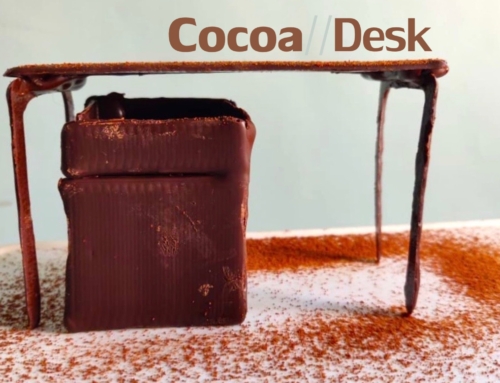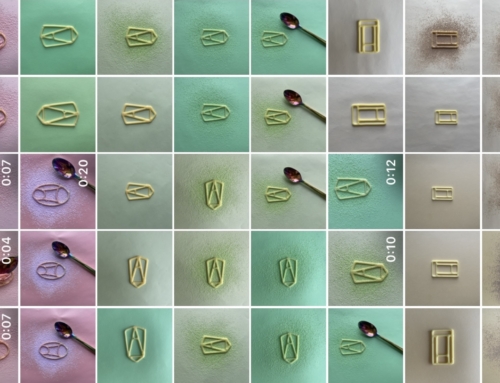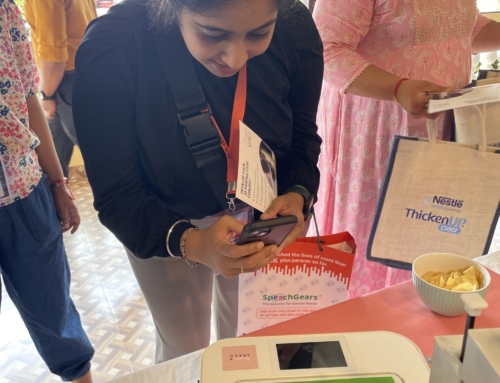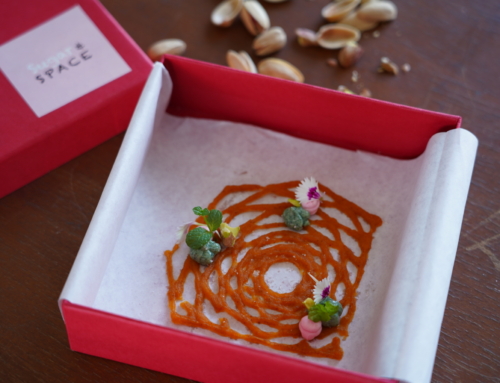Flowers: They’re fragrant, vibrant and bring an instant smile to our faces. While it is also nice to have them on our plates, how do we know which flowers are edible? There are in fact quite a few things to consider when you want to add flowers to your plate. We’ll discuss some quick do’s and don’ts to help you make good use of edible flowers to propel your culinary creations.
Which flowers are edible
If you are wondering what kind of flowers you can add to your dishes, here’s a few you can begin with.
- The orange-yellow petals of Calendula add a peppery cirtus-tang to salads, coleslaw, biscuits and even pasta.
- The pink-red and purple petals of Mini carnations add a peppery clove-like spice to salads, meat, pies and tarts.
- The whole flowers and leaves of Nasturtium add a fresh, peppery flavour to stir-fries, salads, meat, pasta, and curries.
- The blue-violet Pansy flowers work as ideal garnishes to sandwiches, fruit salads and cakes.
- The pointed pastel blue Borage flowers add a sweet honey-like flavour to cocktails, desserts and are frozen into ice cubes.
- Use blue petals of Butterfly Pea to create a magical colour-changing infusion that turns pink when you add lime juice.
- Organic roses can be used to make syrups, jams and desserts.
- The delicate apple-scented Chamomile and the vibrant red Hibiscus work well as teas.
Let us know which flowers you usually use in the kitchen, we’d love to know!
We work with edible flowers regularly for our partner events and experiences. We’ve also started growing our own!
Let’s grab a (virtual) spoonful of honey and discuss how we can work with you. Contact us.








Leave A Comment